These 5 Tips To Design Ecommerce Product Pages Are Absolutely Gold
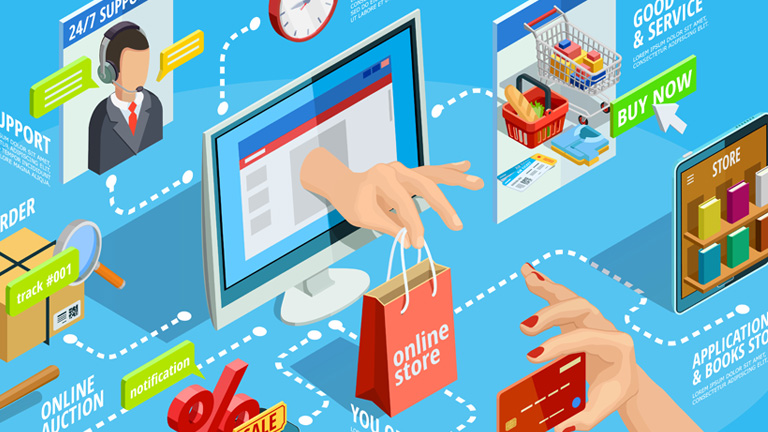
The whole and sole purpose of any eCommerce website is to achieve higher conversion rate and thus generate a bigger revenue. Therefore, they focus extensively on the checkout process for users. Right from the time they add a product to the cart, to the time they complete the purchase. However, it’s not only the checkout process that is important. The product pages also hold equal importance. The product pages must be designed in a manner that customers get all the information that they seek in the most convenient way. Here are a few tips to enhance user experience on Ecommerce product pages.
1. Clear Mention Of Price And Features
The first thing that customers look on a product page is the price. Display the price as early as possible. Display it at the very top of the page and to the side of the product title as well. It’s better that you display the overall price of the product including all the applicable taxes and also mention the shipping charges if any. The prominent features like different colors or sizes should also be clearly mentioned. If the price of the product changes with any color, pattern or size, the change should reflect right when the variant is selected. The aim is to be as transparent as possible while dealing with the price.
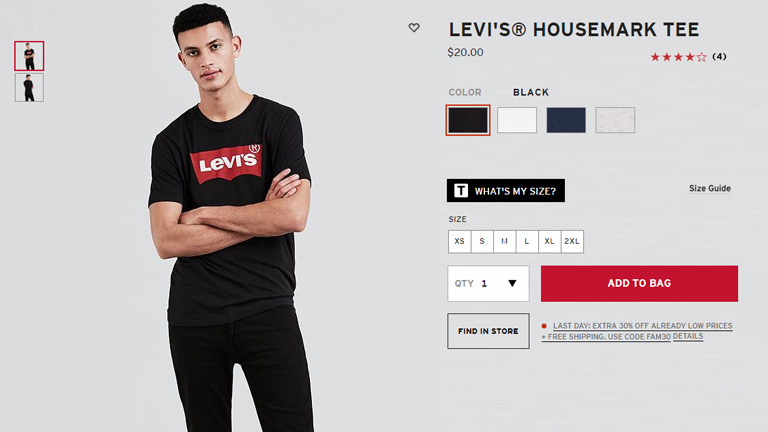
Image Credit: levis.com
2. Display Sellable Images
Images play a huge role in increasing the sale of any product. It’s a proven fact that products with great images sell faster and more than other products. The number of images to display is however arguable. 10 images or just 1 great image. Both can create the desired impact. The idea is to give customers a digital taste of what the product actually looks like. Features like ‘Click To Zoom’ and ‘Thumbnail Galleries’ provide added advantage.
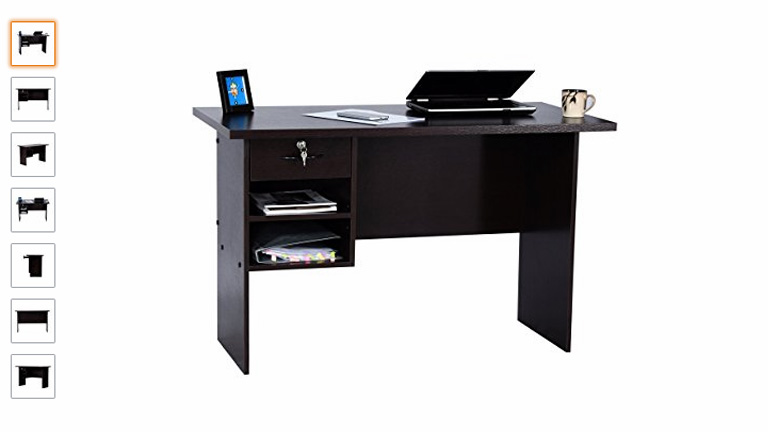
Image Credit: amazon.com
3. Product Description At A Glance
People over the web don’t really read everything written on the web pages and simply browse through them. That’s why it’s not a good idea to stack up long features list in different sections. Rather, you should present prominent features of the product in a skimmable format right beneath or beside the main product. Keep the list short, segmented in pointers, with a crisp one-line description. Make the heading ‘features’ eye-catching by enlarging its font and tweaking the font style. Trust us, you will grab more eyeballs.
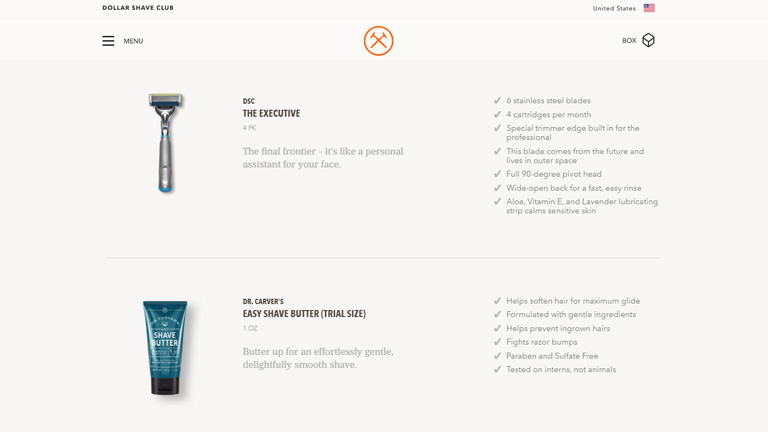
Image Credit: dollarshaveclub.com
4. Always Display Customer Reviews
Customer reviews are a great way of building trust among your ‘to be’ customers through testimonies of your existing customers. These reviews help potential buyers in making a wise choice and a lot of their doubts are cleared through them. It’s not necessary to display the full reviews right at the top. They can be displayed under a separate section preferably at the bottom of the page. However, overall average rating through star system must be displayed at the top of the page.
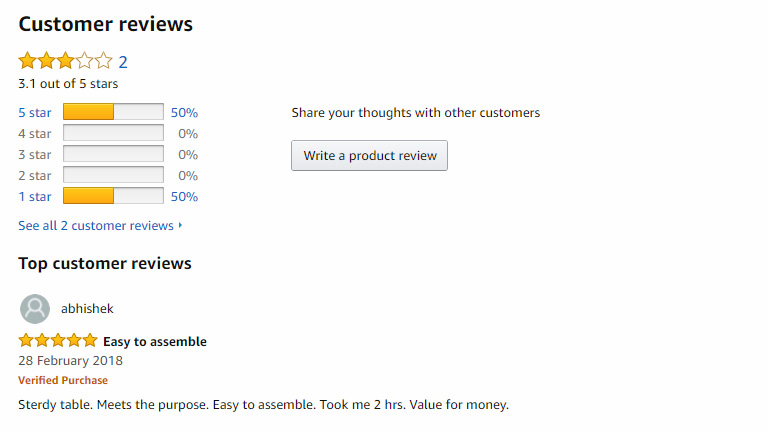
Image Credit: amazon.com
5. A Clear And Easily Accessible ‘Add To Cart’ Button
Once the customer has finally decided to buy a product, then begins the ultimate process of checkout. This process is generally guided by a CTA button (Add To Cart in this case). The CTA button must be very clear, easily accessible, and available at any given point in time. The button must be designed to be distinct by use of strong colors, different font style, and button text. It’s advisable to place it at the top of the product page.
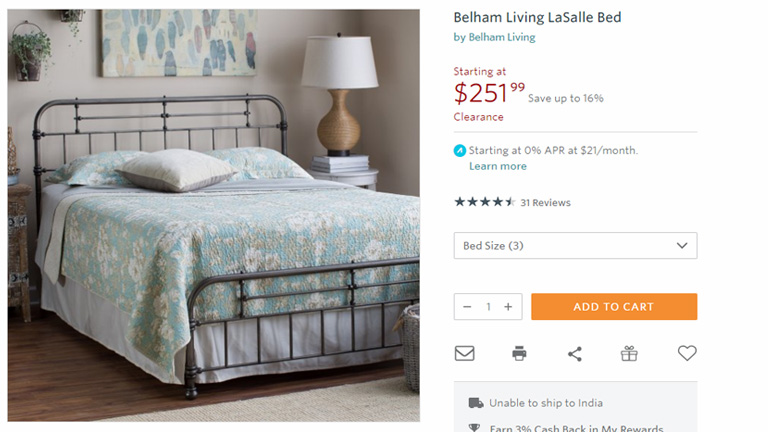
Image Credit: Hayneedle.com
Conclusion
The Ecommerce space is huge and is filled with tons of products. Every product is different and may demand a different design concept. Nonetheless, these basic UX concepts can fit for almost every product page on a broader level. Apply the aforementioned tips along with little tweaks of your own and you will get the results. Have a little chat with our design experts and tell them your design requirements.

